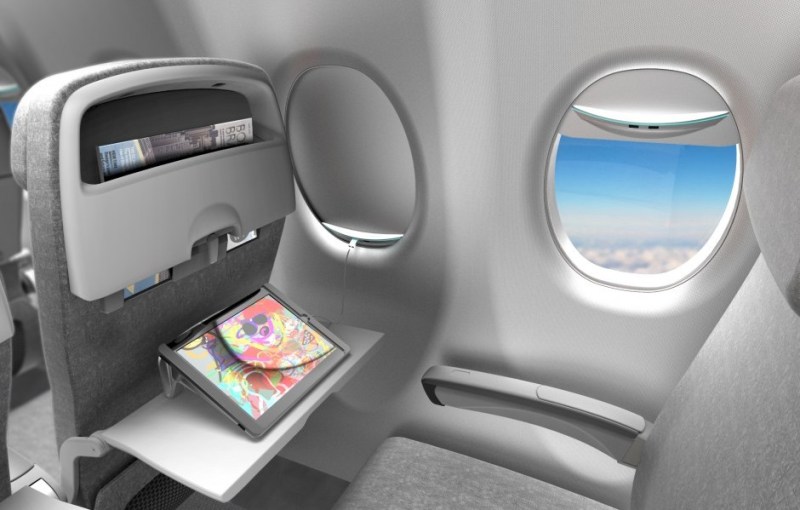
During last month’s Aircraft Interiors Expo in Hamburg, Germany, several aviation industry innovators received Crystal Cabin Awards for excellence in aircraft interior products and concepts. To get a feel for the possible future of air travel, check out some of the Crystal Cabin Award winners and finalists.
1. Decent Headphones
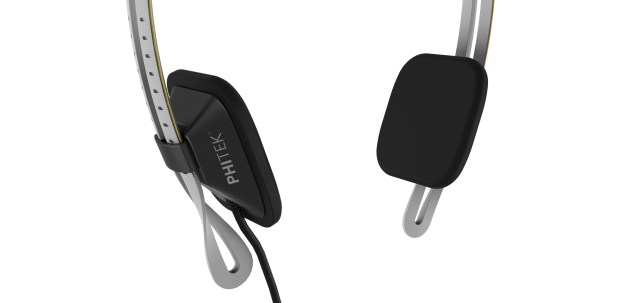
Watching a movie on an airplane can be pretty rough. Not only is all the good stuff edited out or altered (“Freeze, rubberducker!”), but the headphones they give you are exceptionally awful. They’re made of cheap plastic, they hurt your ears, and you can barely hear anything out of them. Phitek, a headphones company based in New Zealand, recently revealed their answer to the unacceptable state of economy headphones. These headphones are designed to last much, much, longer and deliver high-quality sound. Since they’re built to last, these headphones could help airlines cut down on waste. Also, they look pretty snazzy.
2. Larger Seats
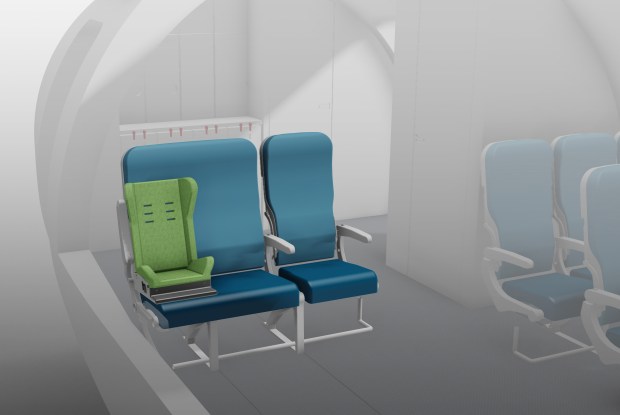
If you weigh more than 250 pounds, you probably hate flying more than most. Not only must you squeeze your ample body into a tiny seat, but you have to endure the looks of disdain from passengers on either side of you. Fortunately, German company SII Deutschland has developed the Special Accommodation Needs for Toddlers and Overweight Passengers (SANTO) Seat. The concept is simple — a larger seat. Wow, someone give them a Nobel Prize. The SANTO seat is one and a half times the size of a regular seat, and can make air travel safer for overweight folks and passengers traveling with small children. It also makes good use of the rear of the aircraft, where the fuselage narrows.
3. Solar Cell Window Visors
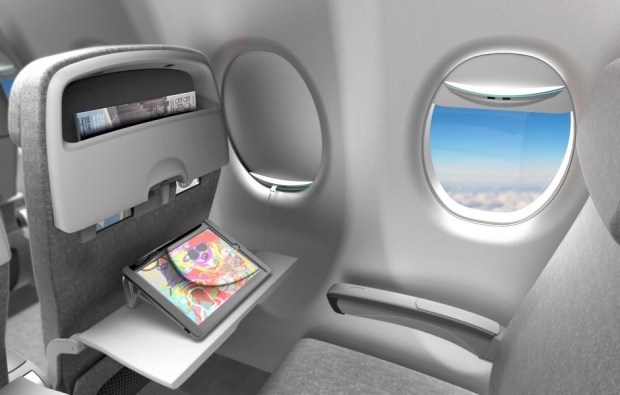
Every day is a sunny day when you’re at 36,000 feet — why not take advantage of it? That’s exactly what the folks at B/E Aerospace are doing with their “Solar Eclipse” window visors. The idea is to collect solar energy via thin solar cells, then allow passengers to use that energy to charge their electronic devices mid-flight. This stellar innovation won the Crystal Cabin Award in the Greener Cabin, Health, Safety & Environment category. The Solar Eclipse is not in production yet, but B/E Aerospace is working on it.
4. More Space for Carry-On Luggage
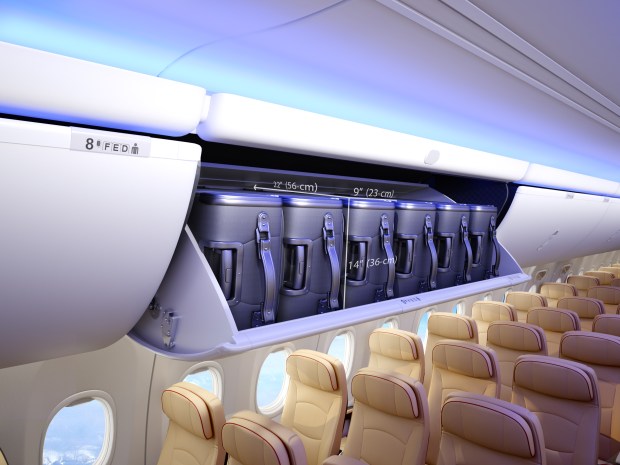
When Boeing designed their 737s, they probably assumed that most people would check their bags. Unfortunately, many airlines now have checking fees of $25 or more, and overhead bins are almost always stuffed to the gills. Thankfully, Boeing recently announced larger overhead bins for their new 737s. Instead of laying luggage flat, these new bins make it possible to lay luggage sideways, allowing enough space for six average-sized bags instead of four. Again, a simple improvement, but super necessary.
Related: Best in Class: The World’s Best Business Class Cabins
5. Actual High-Speed Internet
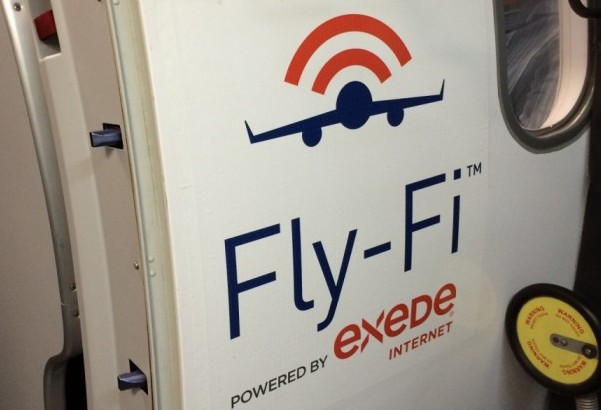
High-speed internet on airplanes is a modern marvel that no one should take for granted. That said, the Wi-Fi on most planes is kind of terrible. It’s not unusual to spend 30 minutes trying to watch a 30-second clip of ducklings and kittens becoming friends. “Exede in the Air,” a new satellite-powered internet solution from ViaSat, claims to deliver at least 12 Mbps to each passenger — not just the whole plane. This is more than enough bandwidth to stream movies and get some serious work done. Exede in the Air is already being used on Jet Blue and American Airlines flights.
6. High-Tech Entertainment Seats
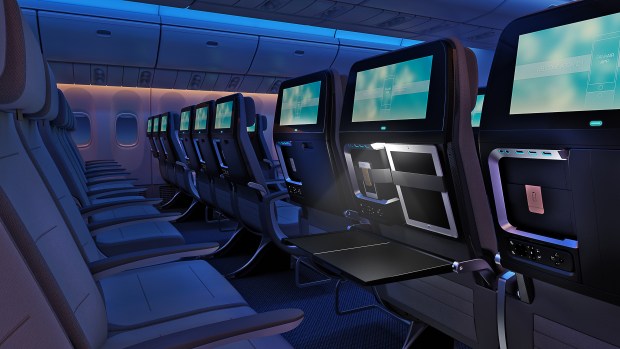
Considering the ridiculous number of entertainment options available today, it’s crazy how few goodies there are on your average plane. Well, Panasonic seeks to remedy that with their new “Jazz Seats,” which can turn any aircraft cabin into the battle bridge of the USS Enterprise. These seats, which are meant for economy class, have more features than you can shake a USB stick at. Each Jazz Seat boasts a 13.3-inch touch-capable screen, USB and HDMI ports, headphone jacks that put out high-definition audio, and charging platforms that can juice your devices via induction. Check out the many other features by reading this article from Digital Trends, our brother site.
The next time you have to fly in the crowded and sweaty economy class, just close your eyes and dream a little dream of the future. Flying coach may be pretty awful at the moment, but if airlines decide to step up their game with the above innovations, flying could actually be pretty fly.
Editors' Recommendations
- Fly high in style with the best travel accessories for long flights in 2024
- Why air travel feels so expensive: Airlines will make a record $118B in extra fees this year
- Make travel easy: The best packing apps for every type of traveler
- Does air travel stress you out? You’ll love these changes to the United Airlines app
- These airports make travelers angriest (and we know why)


